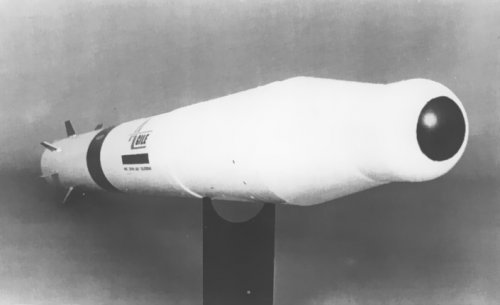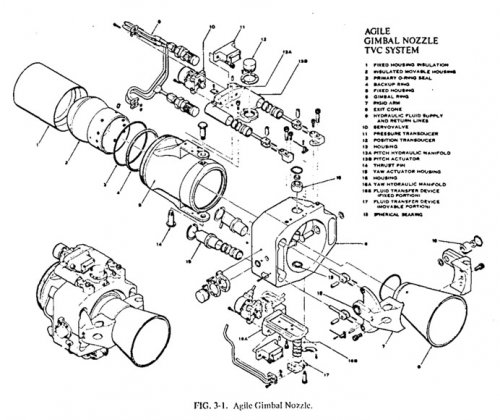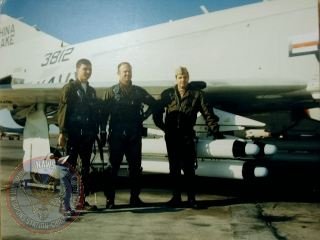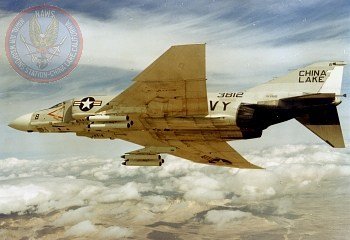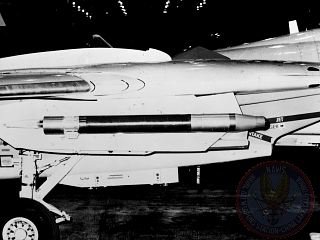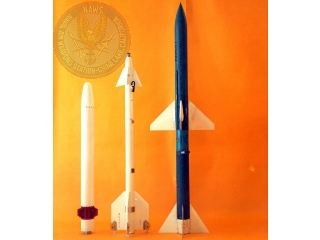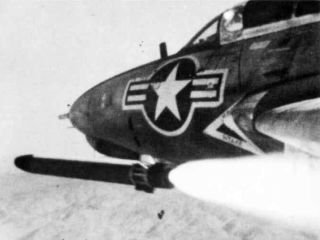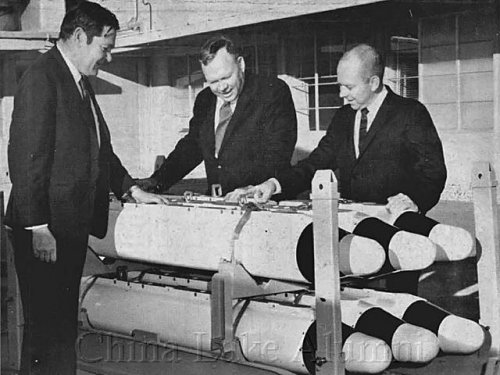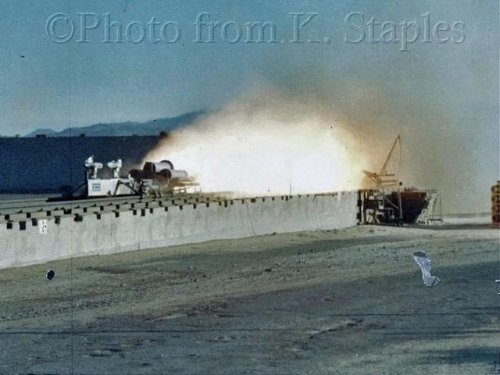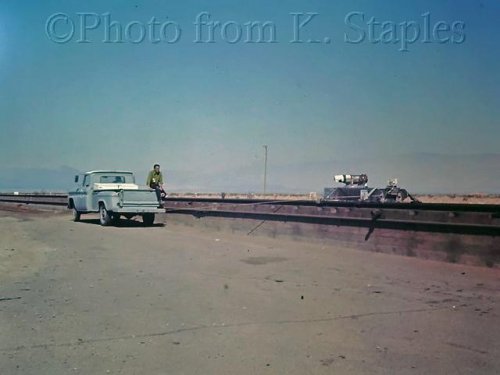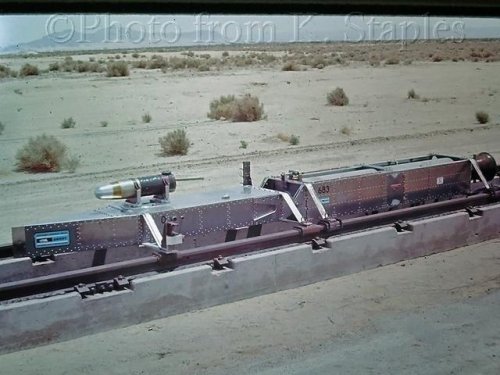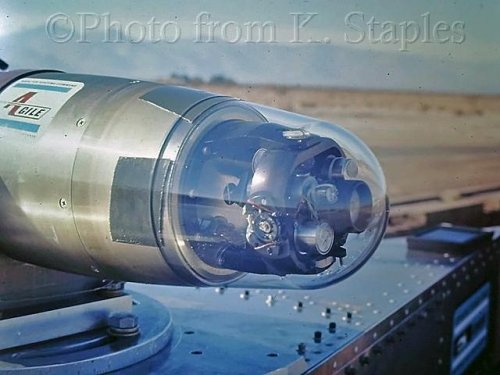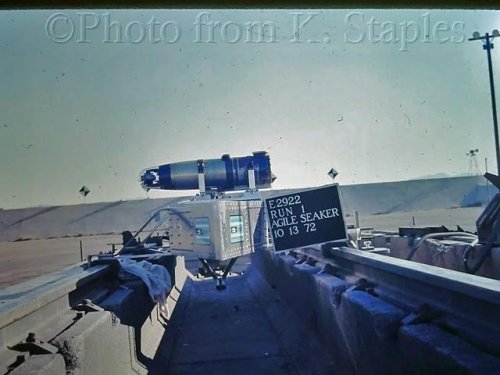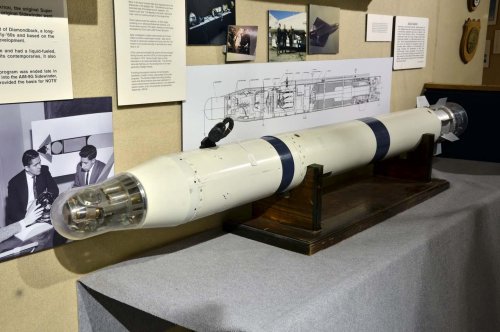- Joined
- 27 December 2005
- Messages
- 17,785
- Reaction score
- 26,804
AIM-95 Agile started out in 1968 as a project of the Naval Weapons Centre, China Lake to explore new technologies for short range, manouvreable AAMs. The US Navy requirement asked for greater agility, shorter minimum range, and greater off-boresight capability. Under the "QuickTurn" program, in 1970 a China Lake test TVC (thrust vectoring control) system demonstrated 55g turns and 118 deg AOA (angle of attack) capability. The USAF AIM-82 project was shelved due to the progress of the Agile program.
In 1973 Hughes were given responsibility for guidance, and Thiokol the propulsion system. The principal guidance system was to be IR, but an EO seeker was also tested and an passive radar seeker was planned. Millions of simulated firings were made, and missiles and seekers were tested, but the program was cancelled in 1975 on cost grounds.
Sources
In 1973 Hughes were given responsibility for guidance, and Thiokol the propulsion system. The principal guidance system was to be IR, but an EO seeker was also tested and an passive radar seeker was planned. Millions of simulated firings were made, and missiles and seekers were tested, but the program was cancelled in 1975 on cost grounds.
Sources
- R. T. Pretty & D. H. Archer, Jane's Weapons Systems 1974-75 p147
- Bill Gunston, Illustrated Encyclopaedia of the Worlds Rockets & Missiles Salamander 1979, p231
- https://web.archive.org/web/20090315114221/http://airpower.callihan.cc/HTML/mrb.htm
Attachments
-
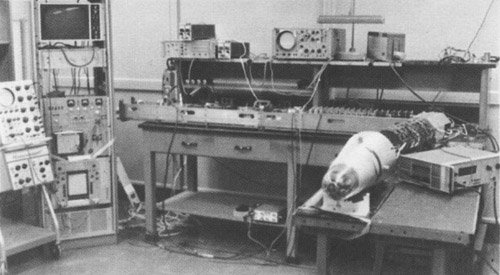 AgileSeeker.jpg40.2 KB · Views: 1,663
AgileSeeker.jpg40.2 KB · Views: 1,663 -
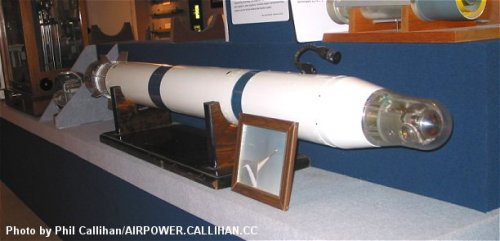 02-USNMAT-agilexaim95.jpg36.2 KB · Views: 670
02-USNMAT-agilexaim95.jpg36.2 KB · Views: 670 -
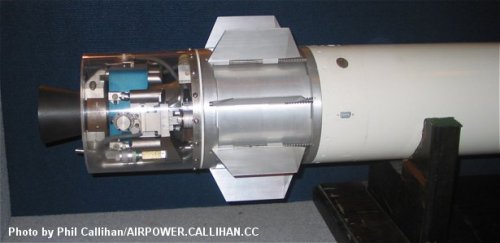 02-USNMAT-agilexaim95-2.jpg31.1 KB · Views: 681
02-USNMAT-agilexaim95-2.jpg31.1 KB · Views: 681 -
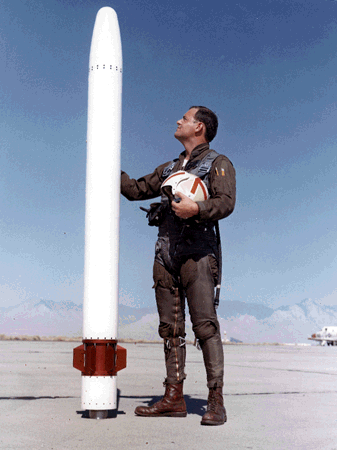 agileman.GIF58.7 KB · Views: 591
agileman.GIF58.7 KB · Views: 591 -
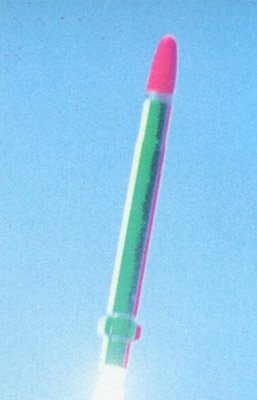 Agile.jpg22 KB · Views: 1,370
Agile.jpg22 KB · Views: 1,370 -
 Agile-3.jpg8.2 KB · Views: 1,534
Agile-3.jpg8.2 KB · Views: 1,534 -
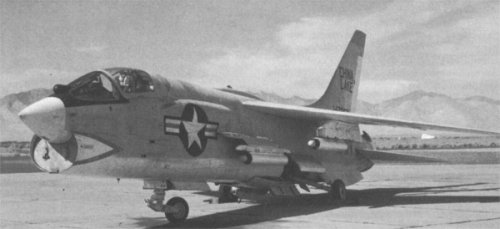 Agile-2.jpg35.9 KB · Views: 1,786
Agile-2.jpg35.9 KB · Views: 1,786 -
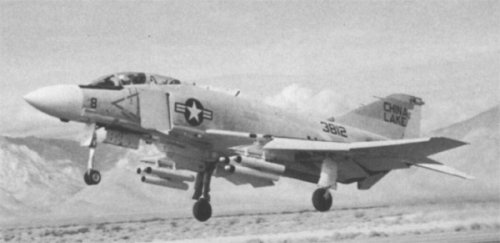 Agile-1.jpg33.3 KB · Views: 1,854
Agile-1.jpg33.3 KB · Views: 1,854
Last edited:

